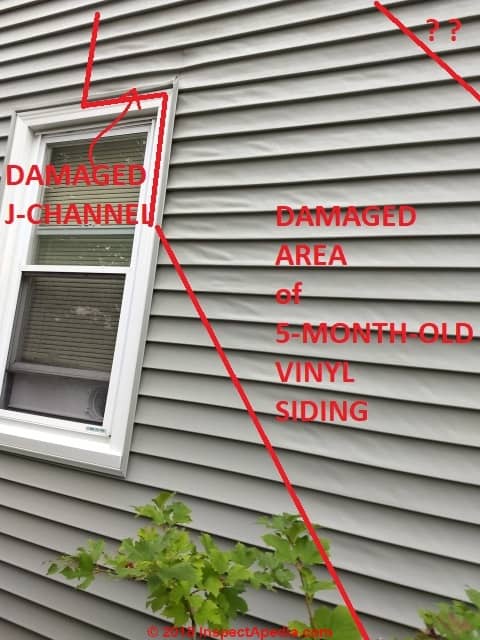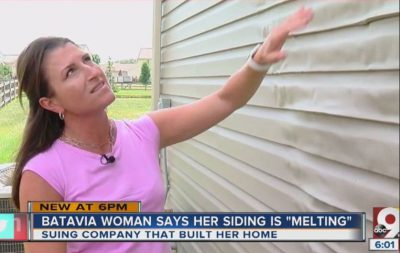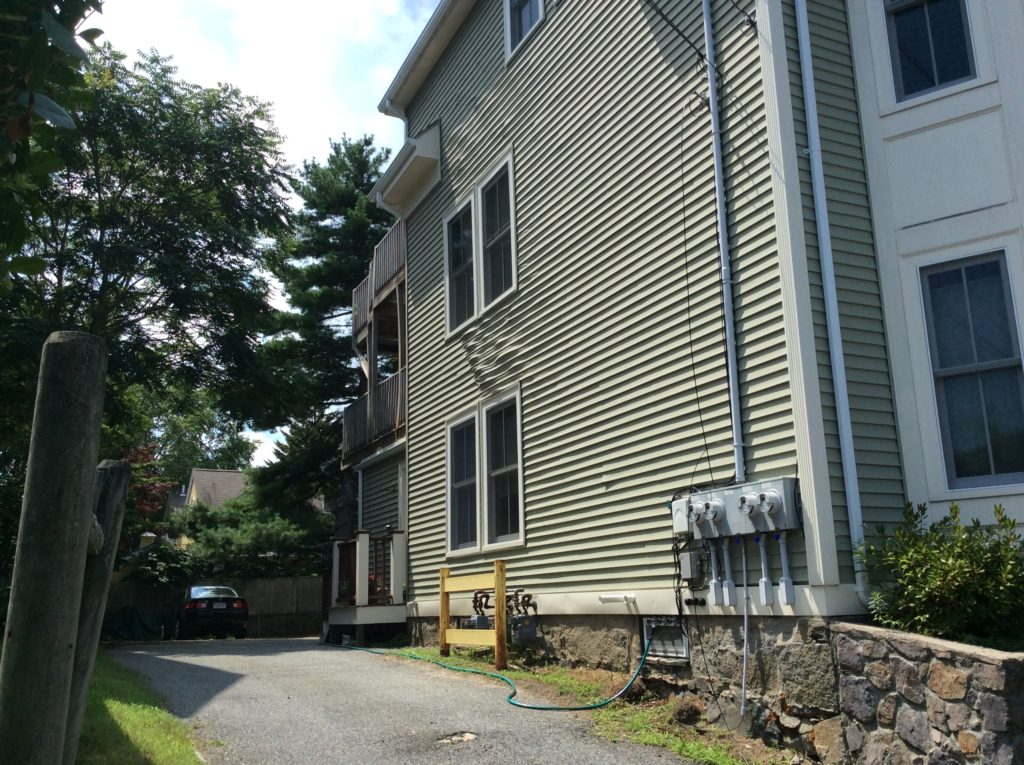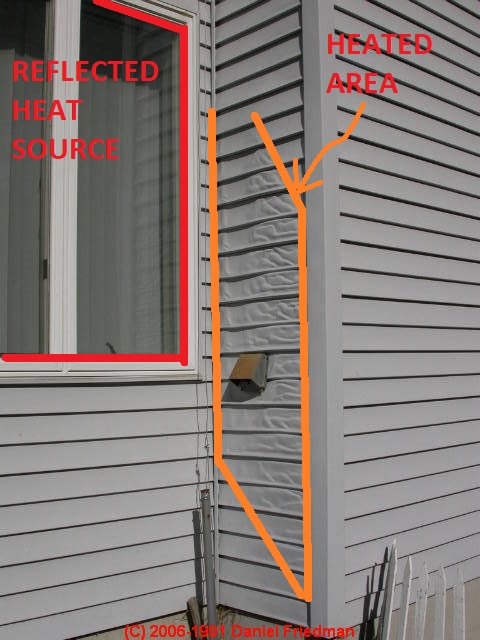This is well above any temperatures reported to have been caused by even the most extreme cases of concentrated sunlight reflected from windows.
What temp does vinyl siding melt.
High temperature reflections and siding with a low melting point though vinyl siding is not the only material reportedly damaged by this phenomenon.
Vinyl siding is melting off homes.
There are two factors causing this problem.
With that said unfortunately with a perfect storm of variables your vinyl siding could be at risk for melting from a window reflection.
The media relations manager pointed kdka s meghan schiller to research showing the focused rays can reach 200 degrees.
The vinyl siding melting point refers to the maximum temperature that the pvc walls can handle.
According to the vinyl siding institute most vinyl cladding has a melting point of only around 160 to 165 degrees fahrenheit.
Thankfully higher quality types of vinyl siding are created to resist higher temperatures.
The sun is reflecting off of a nearby window or glass surface and the reflecting light can reach extreme temperatures.
It doesn t matter if it is a 100 000 home or a 900 000 home.
The ignition temperature of vinyl siding is approximately 720 750 f 380 400 c.
Deterioration of the information on the discs would happen well before that point and as we said before 200 degrees is a temperature dark colored object left in your car in direct sunlight can.
This is especially true with older and normal grade types of vinyl siding.
Typically most vinyl siding products will start to melt and warp when they reach 160 to 165 degrees fahrenheit.
On darker colored siding temperatures have been recorded of nearly 220 f in the area where reflected light is hitting.
More than enough to melt any nearby plastic like siding or as the.
If the heated light shines on vinyl walls it s surprisingly easy for this melting to happen.
On a hot summer day it takes only a little extra solar energy then for start vinyl siding to become distorted through heat.
Most reported cases involve siding that melts gets replaced and then melts a second time.
Something strange is happening in newer subdivisions across the country.










